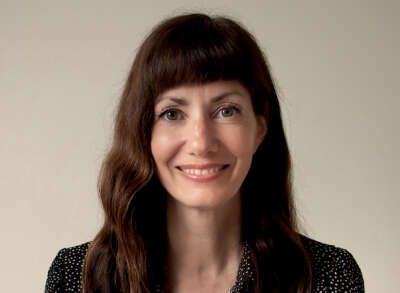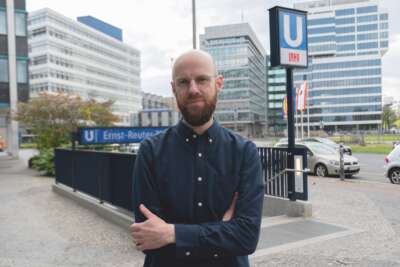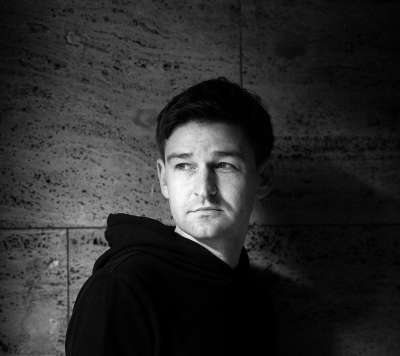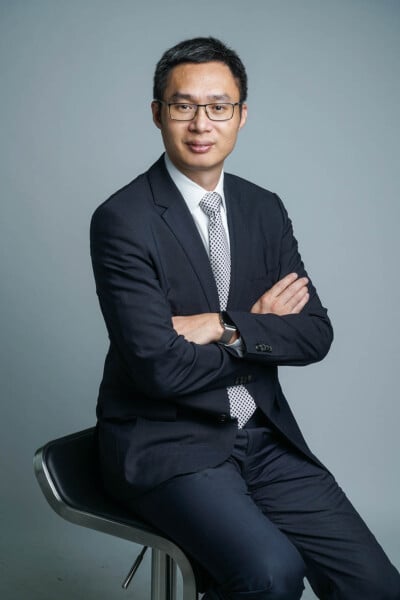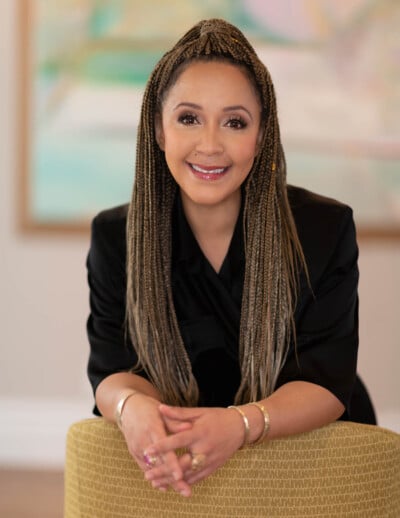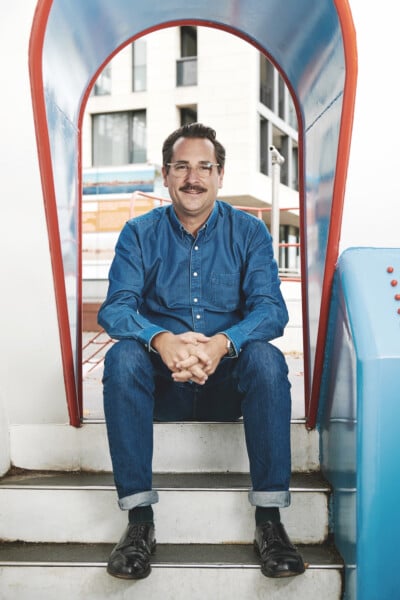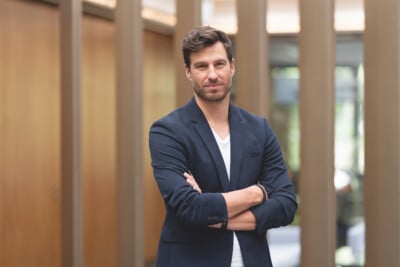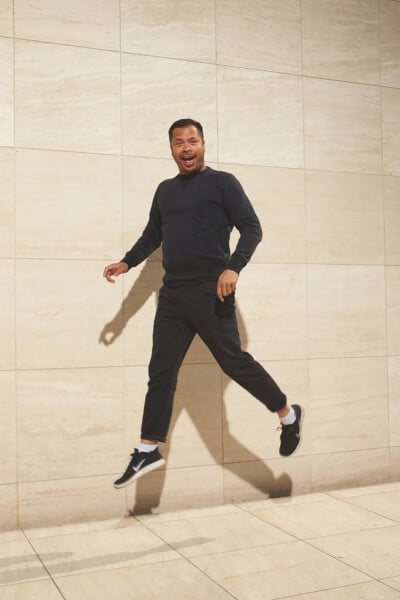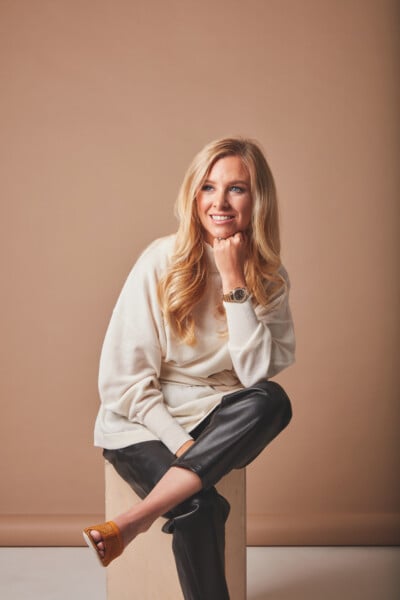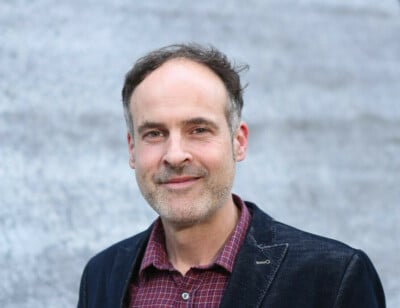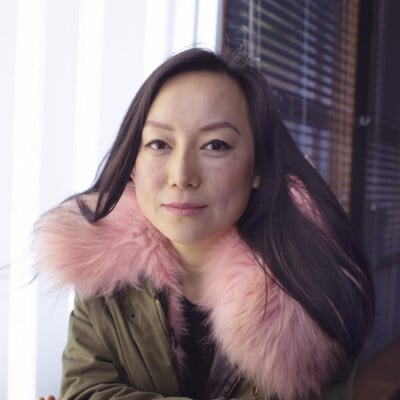No More Food Waste

- She started her food industry career in London
- Thomas Heinser, unsplash

The scandal of food waste motivated Abi Ramanan into high-tech solutions with ImpactVision. Her approach has already been recognised by food players like Tesco, Unilever, Chipotle and Nestle. Abi has been named a World Economic Forum Global Shaper, an MIT Innovator Under 35 and a Unilever Young Entrepreneur.
From her current home in San Francisco, Abi Ramanan tells us how she’s worked with food from all angles, from campaigns and policy, to catering in order to create employment and redistribute surplus goods to address food waste and child hunger in London. Now she’s addressing food waste on a different scale at ImpactVision, which uses hyperspectral imaging to provide real-time food-quality information.
Tell us where you started and what drew you to the food industry.
I started working in the food industry when I worked at Fairtrade in the UK, but I’d always worked on social or environmental issues through volunteering, activism and in the NGO sector. When I started working for Fairtrade, I worked on the banana supply chain for a year. Bananas are grown by millions of small-scale farmers who are subject to low wages, precarious employment and restrictions on unionisation. In
addition, the costs of production are rising while wages stagnate and climate change makes production unpredictable and unsustainable.
How did you come to start your own venture?
Though I grew up in the UK, I was born in India, and as a Tamil I was aware of the brutal conflict in Sri Lanka. That’s why I started Papi’s Pickles, a social enterprise providing fresh and tasty South Indian and Sri Lankan food – and a range of pickles – made by Sri Lankan and South Indian women who had immigrated to the UK during the violent conflict. I started it with my mum and aunt as head chefs, six years ago, and we reinvest all profits into providing employment and an independent income for our trainee chefs. We’ve had some great successes, including a residency with Bread Street Kitchen (a Gordon Ramsay restaurant) and events at the Houses of Parliament.

How did you become interested in repurposing wasted food?
I was volunteering with the Brixton People’s Kitchen in South London, which uses surplus food to cook community meals, when I became interested in food waste. I started an initiative – with Rachael, now CFO at ImpactVision – called DayOld. We wanted to be the luxury brand of food surplus, redefining the tired narrative that surplus products are destined for landfill or for people on low incomes, by creating a secondary market in office, conference and event catering. A third of all food produced worldwide is wasted, and bread is one of the most wasted products – 24 million slices are wasted every day in the UK alone. So with DayOld we work with artisanal bakeries, like Gails, collecting unsold products and delivering them in beautiful packaging to offices. That way we educate mainstream consumers about how these high-quality products would otherwise have been wasted. People are often shocked because these are posh products, like pecan cinnamon crumb cake and flourless chocolate mousse cake. Then we donate profit to charities like Magic Breakfast, which provides healthy breakfasts to malnourished children.

These are social projects – how did you move into tech?
In 2015 I got a scholarship to Singularity University, which is about using exponential tech to solve social and environmental problems. I went there to address food system challenges in a more systemic way. DayOld for example, has loads of potential on a local level, but repurposing food waste is dealing with output, and I wanted to work more upstream.
Which area of tech were you drawn to?
I learned about hyperspectral imaging, a tech originally developed by NASA for use in space, which bounces light across the solar system to measure reflection in order to determine the atmospheric qualities of planets and stars. This is the evolution of a more established technique, spectroscopy, which measures reflection of light. Hyperspectral imaging can be used to determine internal qualities of objects, for example, foods.
How can hyperspectral imaging be used?
The applications are endless. Scanning the human retina to detect early signs of disease, forensic crime scene analysis, environmental degradation. With regard to food, within a couple of years, consumers will be able to take an image of an avocado and know how many days until it’s ripe, or snap a fillet of fish and know the species. When combined with our machine-learning platform, we can turn this into real-time insights on freshness, shelf life, ripeness or contamination. In
theory anything that reflects light can be measured.
What has been the journey of ImpactVision?
We launched in 2015, but really got going in 2016 with our first pilot. First we had to really research the tech and market in detail. We realised nobody had made a robust machine-learning platform to practically apply this technology to food analysis. So we did our first pilot with a very large retailer in the US, assessing beef shelf life. They had a high level of waste in-store and wanted to see if decisions at the distribution centre could lead to end-product-form optimisation to reduce waste at retail level. To date, we’ve developed applications for some of the world’s largest food companies, including for the freshness of fish, the quality and tenderness of beef and the freshness of salad, and we’re now moving on to internal defects and the sugar content of berries. And this is all from images!
Who has the company worked with?
We took part in the accelerator programme Terra in San Francisco, accelerating tech across the food supply chain. Through Terra, we worked with Beta San Miguel, Mexico’s largest sugar processor, to
build an application for real-time foreign-object detection. Last year, we won a competition organised by Tesco and worked with one of their largest suppliers, Branston, to assess the internal quality of potatoes. We’ve also previously worked on a fish freshness application, with a body representing 47 large fishing vessels on the north-west coast of Spain, in Galicia. We have done this many pilots because the technology
had not really been used commercially in this way – so we needed to establish feasibility.
What are the trends for food tech in the coming years?
Substitute animal products are the ones to watch. You have two camps, companies pursuing plant-based varieties, and those pursuing “cellbased meat”. Both approaches have tremendous potential to help transition away from animal agriculture and its impacts on the planet, however, there’s a long road ahead, starting with regulatory approval, economically viable scale, opposition to genetically engineered foods and consumer acceptance. But we do need to eat less meat. I’m not advocating that everyone becomes vegetarian, though I am one, because there are also regenerative ways to raise animals where practices like multi-paddock grazing can improve soil health, sequester carbon and ensure rigorous animal welfare standards are met. Regenerative farming and agriculture is going to be huge. Then there’s supply-chain tech like ours. We are going to have to feed a rising population with 50% less resources. We have to improve distribution, shelf life, those areas are where ImpactVision operates and it’s terribly important. Another emerging technology, supported by Bill Gates, is a project to improve the efficiency of photosynthesis in plants, by speeding up the molecule in the leaf that captures carbon dioxide.
